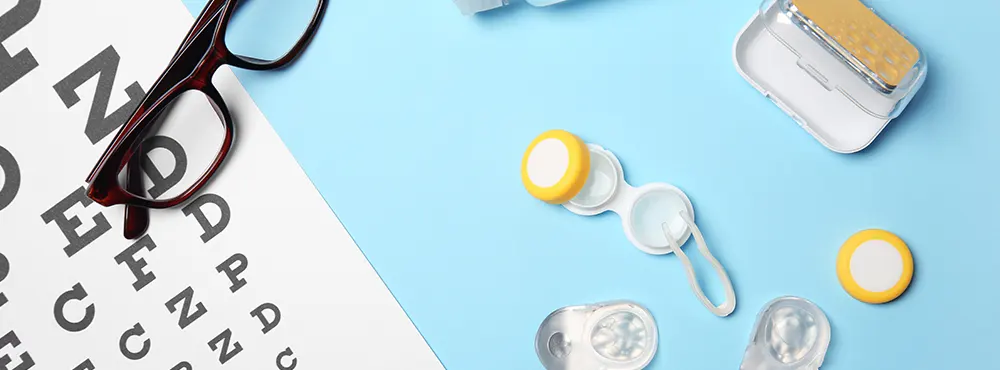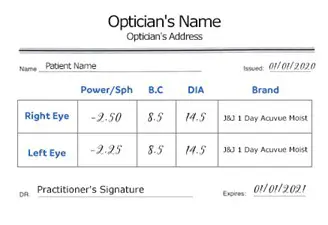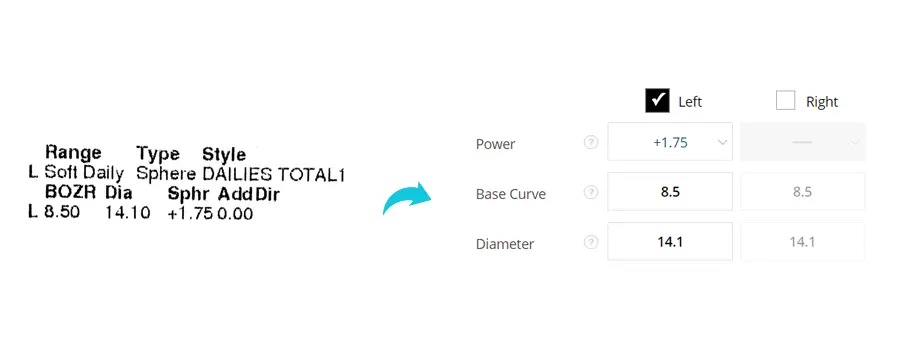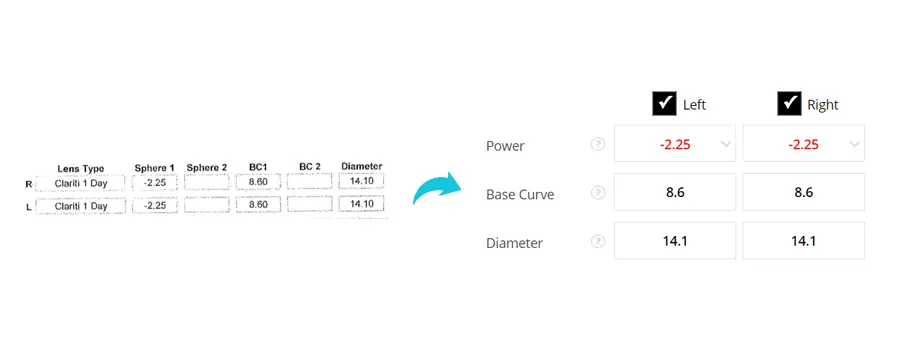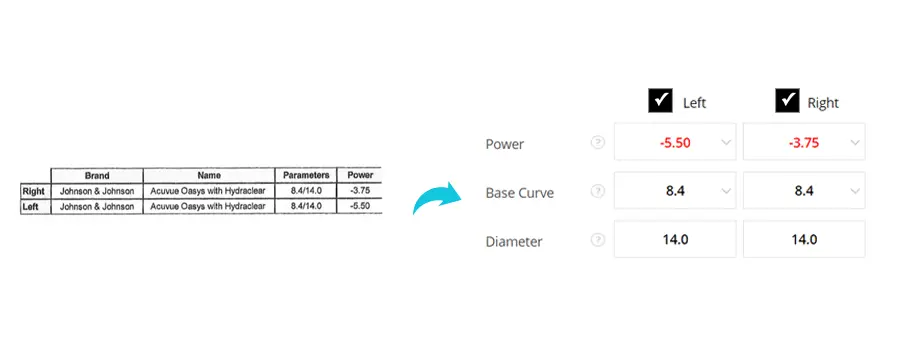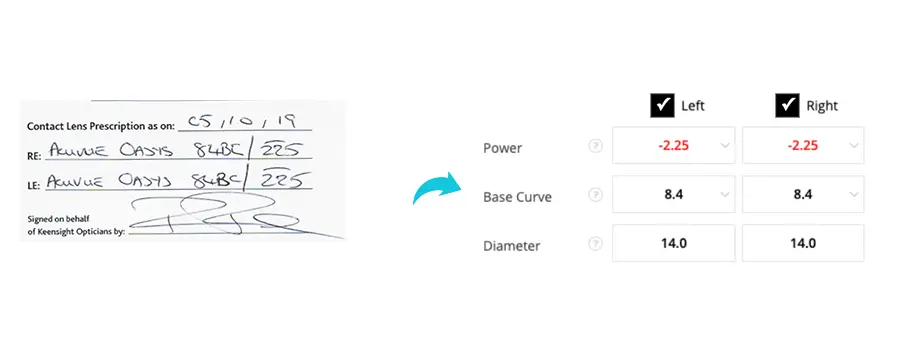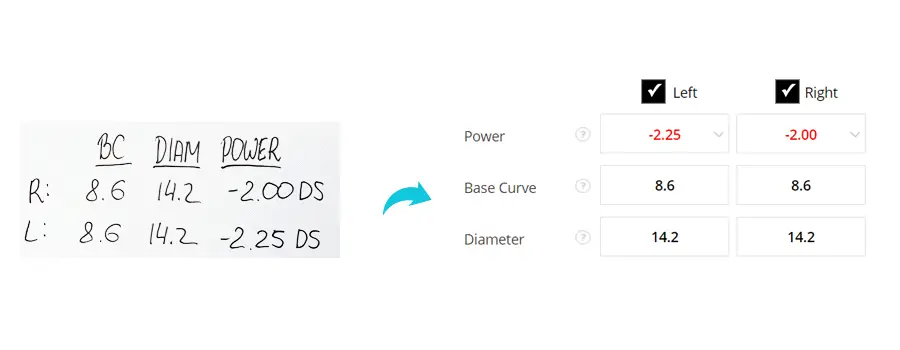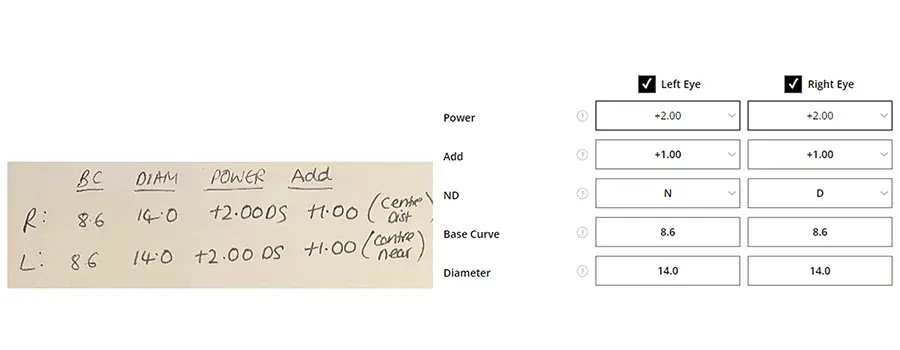Can I use my glasses prescription for contact lenses?
No, you cannot use your glasses prescription to purchase contact lenses. Both require a set of different measurements as they differ in their fitting characteristics. For detailed information, give our blog ‘can you convert a glasses prescription to a contact lens prescription?’ a read.
If you have any further questions regarding contact lenses, you can contact our customer care service, who are available seven days a week.
Disclaimer: The advice in this article is for informational purposes only and does not replace medical care or an in-person check-up. Please check with an eyecare professional before purchasing any products or remedies. For information on our article review process, please refer to our Editorial Policy.

 Offers
Offers Account
Account
 Favorite
Favorite
 Basket
Basket

 OFFERS
OFFERS











